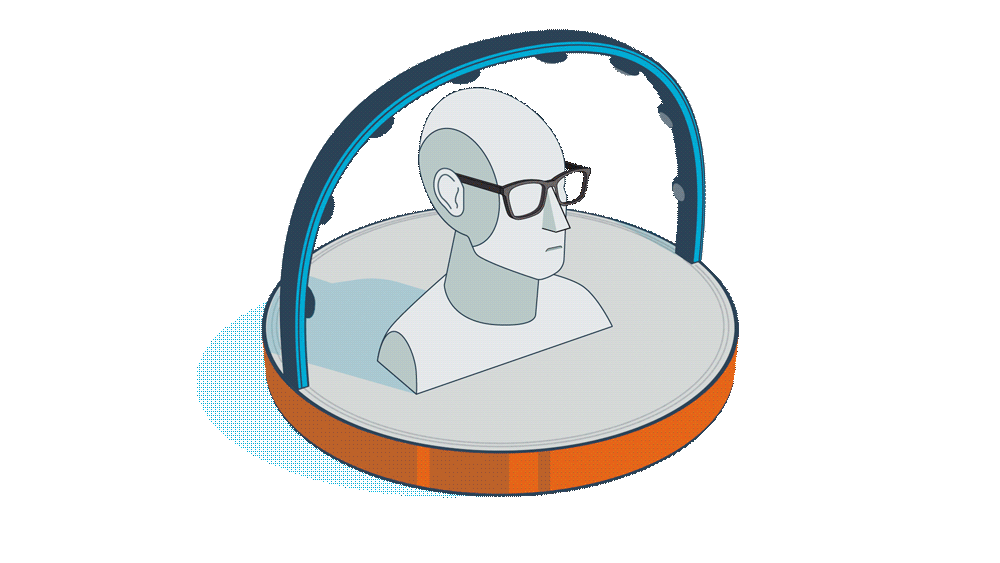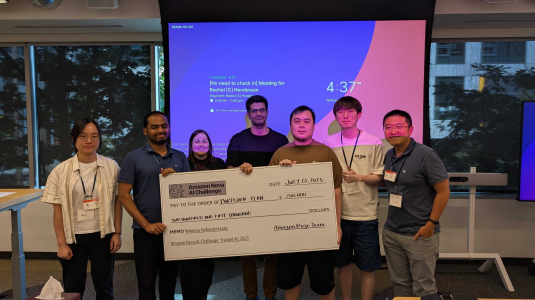Are you passionate about solving complex wireless challenges that impact millions of customers? Join Amazon's Device Connectivity team who are revolutionizing how wireless technology shapes the future of consumer electronics. As a Wireless Research Scientist, you'll be at the forefront of developing solutions that enhance the connectivity and reliability of millions of customer devices. Your expertise will drive the creation of next-generation wireless technologies, from concept to implementation, directly shaping the future of Amazon's product ecosystem. In this role, you'll tackle complex electromagnetic challenges head-on, leveraging your analytical prowess and deep understanding of wireless principles. You'll collaborate with world-class scientists and engineers, applying machine learning and statistical analysis to optimize system performance and create scalable, cost-effective solutions for mass production. Your impact will extend beyond the lab, as you transform research concepts into practical features that delight our customers. You'll influence product roadmaps, drive critical technical decisions, and play a key role in accelerating our product development lifecycle. Key job responsibilities As a Wireless research scientist, you will use your experience to initiate wireless design, development, execution and implementation of scientific research projects. Working closely with fellow hardware dev, scientists and product managers, you will use your experience in modeling, statistics, and simulation to design new hardware, customer modeling and evaluate their benefits and impacts to cost, connectivity use cases, reliability, and speed of productization Ability to work and connect concepts across various engineering fields like EMC design, desense, antenna, wireless communication and computational electromagnetics to solve complex and novel problems Experience in combinatorial optimization, algorithms, data structures, statistics, and/or machine learning that can be leveraged to develop novel wireless designs that can be integrated and mass produced on products. This position requires superior analytical thinking, and ability to apply their technical and statistical knowledge to identify opportunities for wireless/EM applications. You should be able to mine and analyze large data, and be able to use necessary programming and statistical analysis software/tools to do so. Ability to leverage ML techniques for design optimization and performance modeling that influence technology integration and productization of novel consumer products. A day in the life Invent • You invent and design new solutions for scientifically-complex problem areas and identify opportunities for invention in existing or new business initiatives. • You expertly frame the scientific approach to solve ambiguous business problems, distinguishing between those that require new solutions and those that can be addressed with existing approaches. • You focus on business and customer problems that require scientific advances at the product level. Your research solutions set a strong example for others. You work efficiently and routinely delivered the right things. • You show good judgment when making trade-offs between short- and long-term customer, business, and technology needs. • You drive your team’s scientific agenda by proposing new initiatives and securing management buy-in. • You lead the writing of internal documents or external publications when appropriate for your team and not precluded by business considerations. • Your work consistently delivers significant benefit to the business. What you deliver could be functional, such as a software system or conceptual, such as a paper that advances scientific knowledge in a specific field or convinces the business to focus on a particular strategy. Implement • You are self-directed in your daily work and require only limited guidance for confidence checks. • You define and prioritize science or engineering specifications for new approaches. • You independently assess alternative technologies or approaches to choose the right one to be used by your system or solution with little guidance. You may own the delivery of solutions for an entire business application. • You ensure accuracy in your process abstractions, models, and simulation results. • Your solutions are inventive, maintainable, scalable, extensible, accurate, and cost-effective (e.g., you know where to extend or adapt methods). • Your solutions are creative and of such a high quality that they can be handed off with minimal rework. Influence • You are a key influencer in team strategy that impacts the business. You make insightful contributions to team roadmaps, goals, priorities, and approach. • You build consensus on larger projects and factor complex efforts into independent tasks that can be performed by you and others. • You actively recruit and help others by coaching and mentoring in your organization (or at your location). • You are involved and visible in the broader scientific communities (internal or external) as a subject matter expert. For example, you may give guest lectures, review scientific work of others, serve as a Program Committee member in conferences, or serve as a reviewer for journal publications. • You contribute to the broader internal and external scientific communities. About the team Amazon Lab126 is an inventive research and development company that designs and engineers high-profile consumer electronics. Lab126 began in 2004 as a subsidiary of Amazon.com, Inc., originally creating the best-selling Kindle family of products. Since then, we have produced innovative devices like Fire tablets, Fire TV and Amazon Echo. What will you help us create?

































